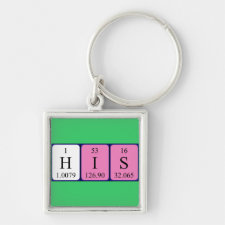
Authors: Du ZW, Deng SB, Bei Y, Huang Q, Wang B, Huang J, Yu G
Article Title: Adsorption behavior and mechanism of perfluorinated compounds on various adsorbents - A review.
Publication date: 2014
Journal: Journal of Hazardous Materials
Volume: 274
Page numbers: 443-454.
DOI: 10.1016/j.jhazmat.2014.04.038
Alternative URL: http://www.sciencedirect.com/science/article/pii/S0304389414003008
Abstract: Perfluorinated compounds (PFCs) have drawn great attention recently due to their wide distribution in aquatic environments and potential toxic to animals and human beings. Adsorption not only is an effective technology to remove PFCs from water or wastewater, but also affects PFC distribution at solid-liquid interfaces and their fate in aquatic environments. This article reviews the adsorption behavior of different PFCs (mainly perfluorooctane sulfonate and perfluorooctanoate) on various adsorptive materials. Some effective adsorbents are introduced in detail in terms of their preparation, characteristics, effects of solution chemistry and PFC properties on adsorption. Adsorption mechanisms of PFCs on different adsorbents are summarized, and various interactions including electrostatic interaction, hydrophobic interaction, ligand exchange, and hydrogen bond are fully reviewed. The adsorbents with amine groups generally have high adsorption capacity for PFCs, and formation of micelles/hemi-micelles plays an important role in achieving high adsorption capacity of perfluorinated surfactants on some porous adsorbents. Hydrophobic interaction is mainly responsible for PFC adsorption, but the difference between PFCs and traditional hydrocarbons has not clearly clarified. This review paper would be helpful for the preparation of effective adsorbents for PFC removal and understanding interfacial process of PFCs during their transport and fate in aquatic environments
Template and target information: Review - adsorbents for perfluorinated compounds
Author keywords: PFOS, PFOA, adsorption capacity, adsorption mechanism, electrostatic interaction



Join the Society for Molecular Imprinting

New items RSS feed
Sign-up for e-mail updates:
Choose between receiving an occasional newsletter or more frequent e-mail alerts.
Click here to go to the sign-up page.
Is your name elemental or peptidic? Enter your name and find out by clicking either of the buttons below!
Other products you may like:
 MIPdatabase
MIPdatabase









